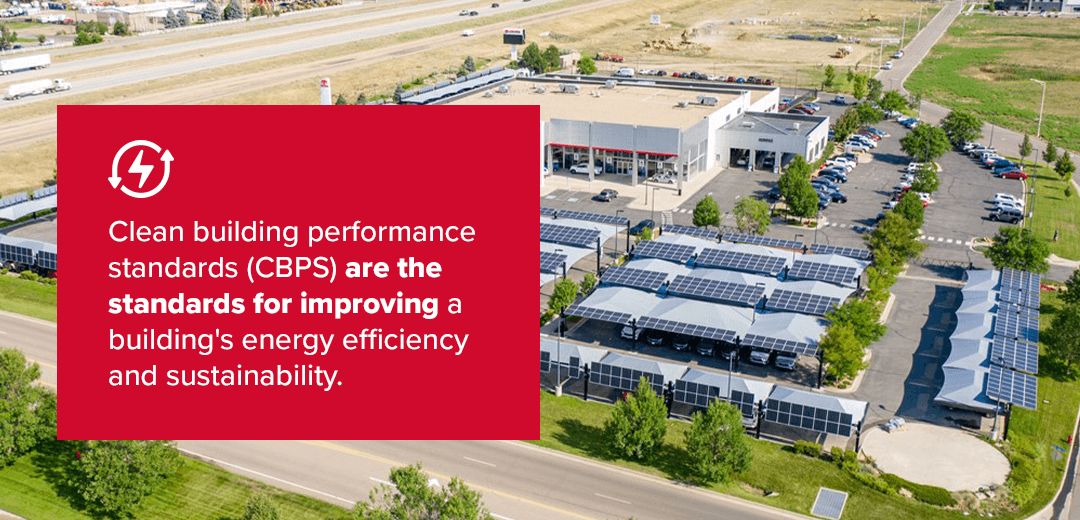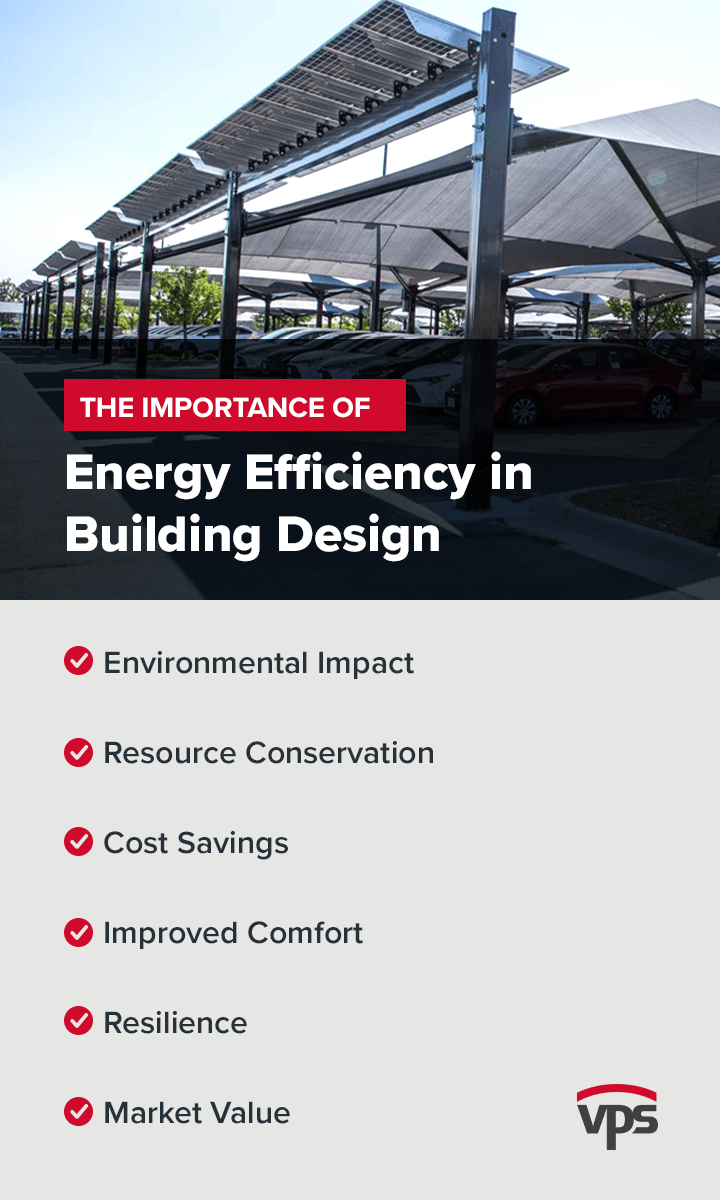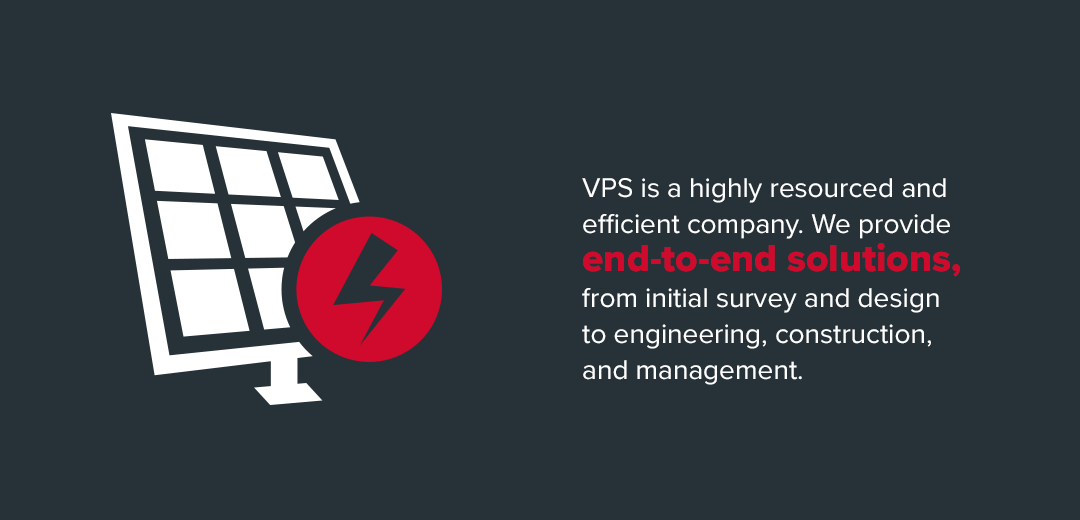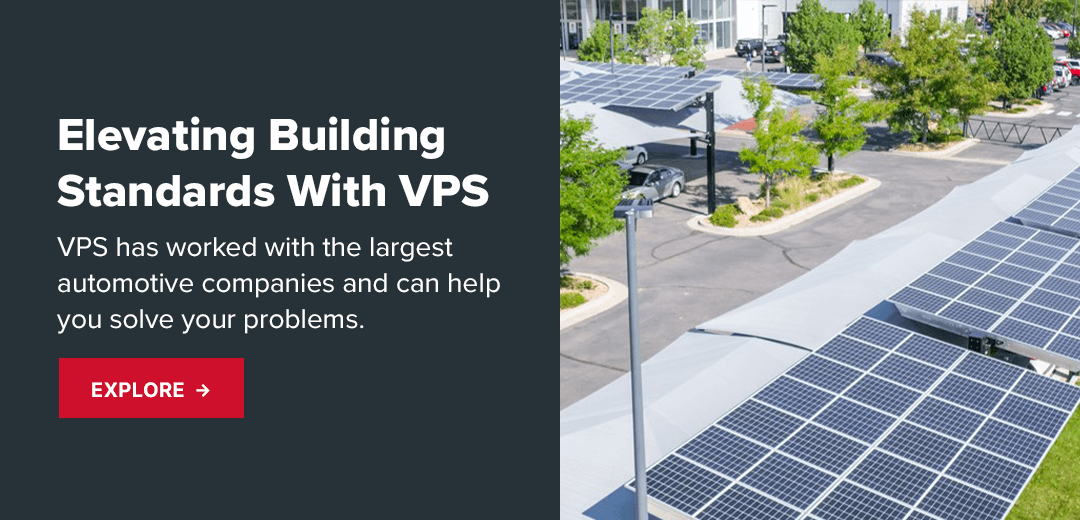Many jurisdictions have building codes and standards detailing the requirements for clean buildings. While some of these rules are mandatory, others are optional but important. Architects, builders, and building owners must understand these guidelines and how it impacts their activities.
The Colorado energy performance laws provide mandatory minimum performance standards for commercial buildings. Various cities and localities also have ordinances related to green buildings. Besides helping combat climate change, implementing these guidelines can be economically beneficial. Green buildings generally use less energy. Property owners may also qualify for government incentives such as tax credits and funding.
This guide discusses the building emissions performance standards and their relevance. It also addresses strategies for integrating renewable energy solutions and compliance tips. The purpose is to guide you into making informed decisions.
Read the full article or jump to a specific section:
- What Are Clean Building Performance Standards?
- The Building Performance Standards in Colorado
- The Importance of Energy Efficiency in Building Design
- Strategies for Renewable Energy Integration
- Compliance With Colorado’s Building Performance Standards
- Collaborating for a Sustainable Future
- The Role of Energy Consultants in Facilitating Compliance and Innovation
- Why VPS Is Your Ideal Clean Energy Partner
- Elevating Building Standards With VPS
What Are Clean Building Performance Standards?
Clean building performance standards (CBPS) are rules and guidelines aimed at reducing buildings’ greenhouse gas (GHG) emissions from buildings. In other words, they are the standards for improving a building’s energy efficiency and sustainability. CBPS addresses building design, including windows, insulation, and indoor air quality. Some standards address the materials used in constructing the structure. Other features like energy sources, water conservation, and appliances are also integral. The scope of CBPS is broad, with the central goal of making buildings eco-friendly.




